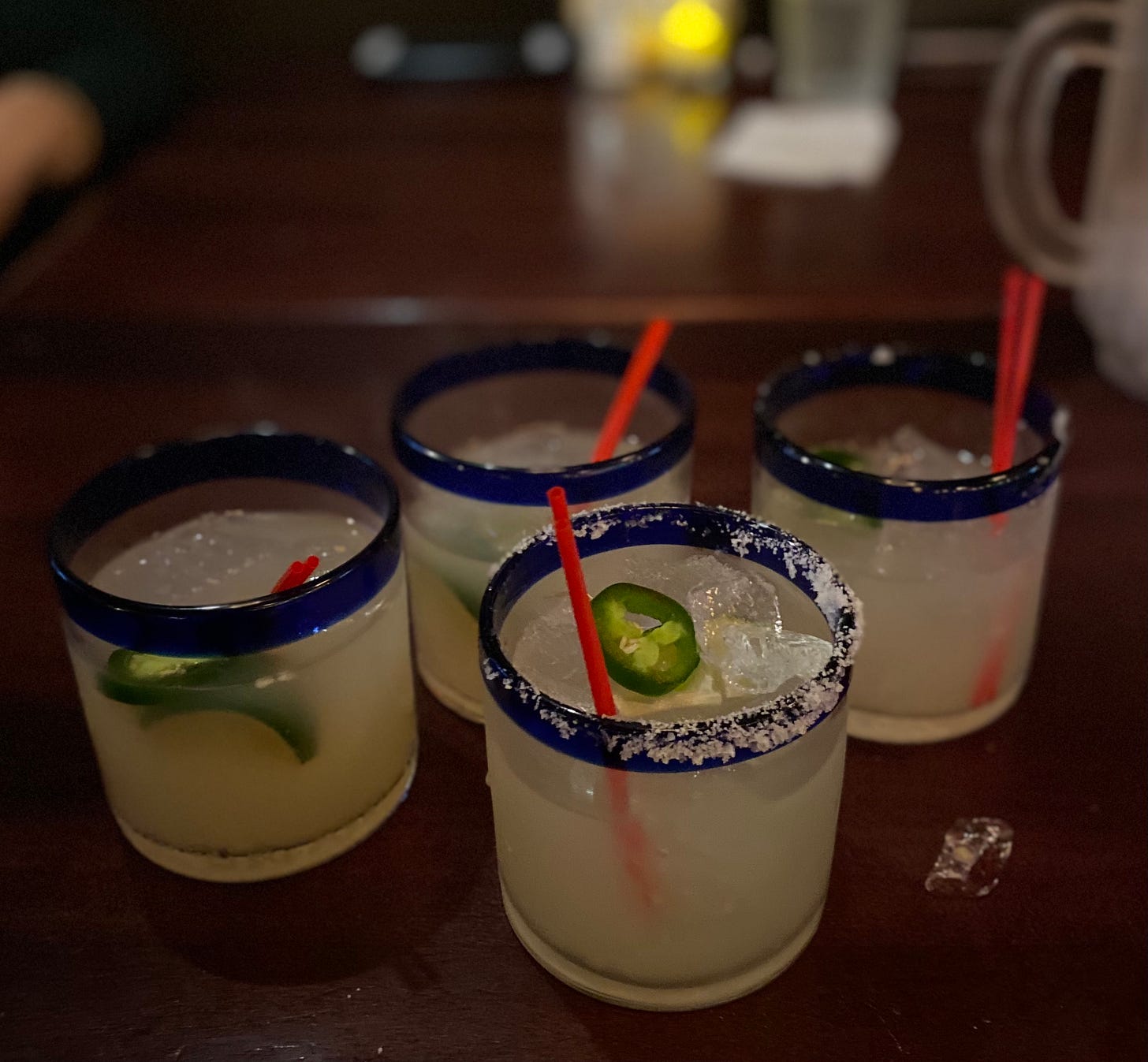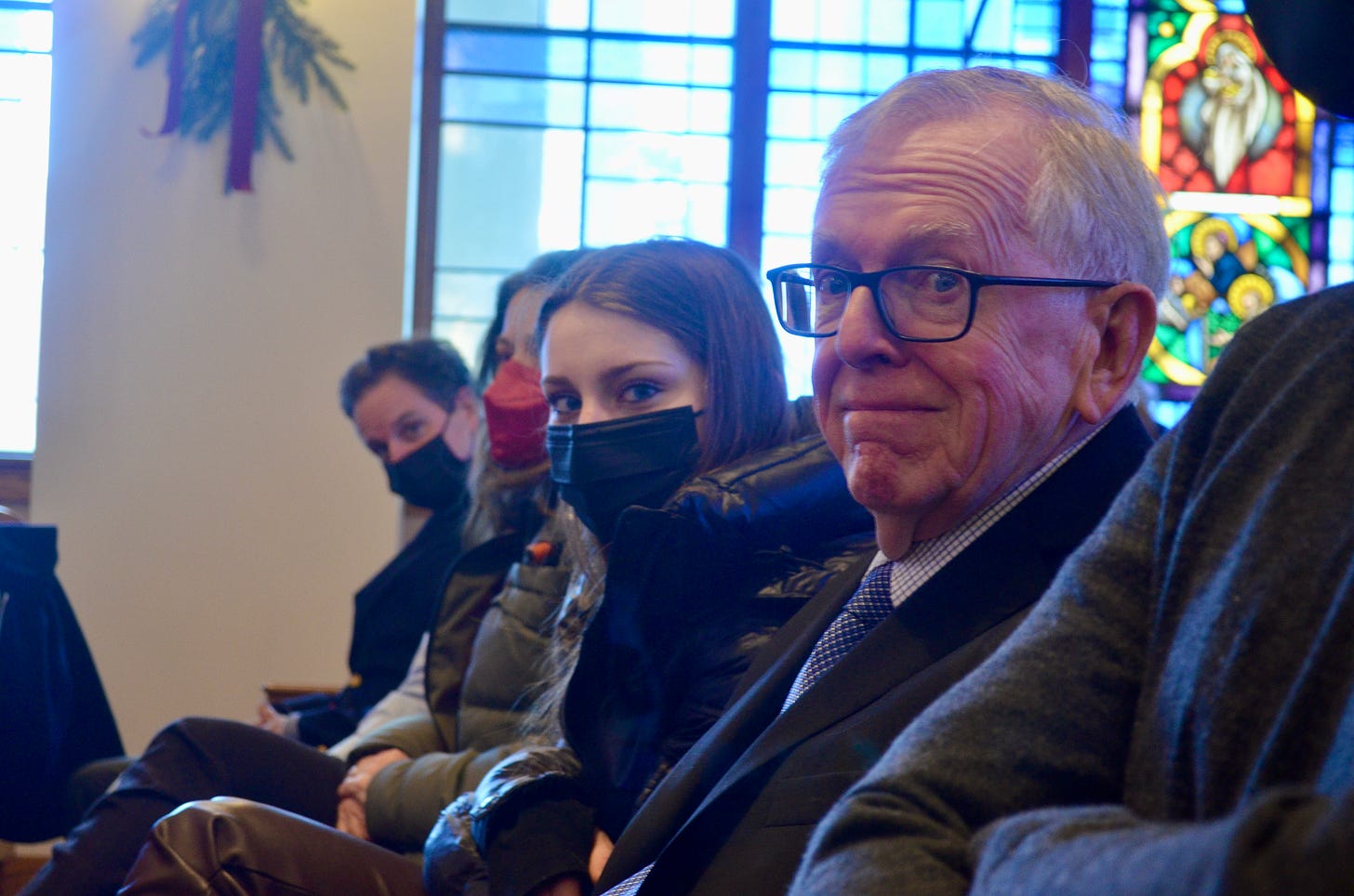For the past two years, I put education journalism on the back burner. I did a few pieces, but I was swamped with responsibilities at home. I had to fill the vacuum when my kids’ schools and colleges closed, mend wounds when the pandemic closed their worlds for too long, and help my autistic kid transition to life after high school. It’s been a lot.
What I’ve been doing is completely unsustainable, I admitted to myself this week. So, I’m caring for myself with exercise and green smoothies. I thought I would write an upbeat article about schools that highlighted best practices or innovation — something new and cool — to get away from the two years of dread.
For days, I looked in my usual places for a topic that was uplifting! exciting! something post-pandemic! And I turned up with nada. There was buzz about higher tuition costs (maybe $100,000 soon!), new curriculum to deal with learning loss, and the latest survey on the dissatisfaction among teachers, administrators, therapists. While I didn’t find a happy story to write this week, I did see the hint of a trend that I think we’re going to see across education, higher education, and social services. As schools and public colleges are forced to do more with less, active parents will fill the gap and customize education packages for their children.
***
Active parents have always play a huge role in helping their kids in K-12 schools and colleges. I wrote several pieces for The Atlantic about how parents support their kids, and how this good and natural phenomenon creates inequalities. Educated, middle class parents can do more for their kids than lower income parents. Parents in wealthy communities have even more resources. Inequality has always been baked into the system.
Parents continue their involvement even when their children grow up and go to college. Back in 2017, I talked to one parent about why she called her daughter’s college about an internship opportunity. She told me:
“For $65,000 [in full attendance costs], you can bet your sweet ass that I’m calling that school ... If your children aren’t getting what they’ve been promised, colleges are going to get that phone call from parents,” Stacy said. “It’s my money. It’s a lot of money. We did try to have her handle it on her own, but when it didn’t work out, I called them.”
At the time, my eyes were wide as she explained that she talked with her daughter ten times a day to help her with everything from busting school bureaucracy to picking out shoes at DSW. My oldest wasn’t yet in college, so that level of involvement sounded like a nightmare. Turned out, we had to support him more than expected.
During the pandemic, parenting responsibilities multiplied ten-fold. Parents were asked to do everything from teaching long division to providing speech therapy. College kids moved home, and parents now had to be act as friends and tutors.
My college kid turned 21 during the height of the pandemic. We offered to do shots with him in the kitchen, but we were poor substitutes for a bonding night with his frat brothers at a college bar. (He declined.)
So, parents got involved in their children’s lives in whole new ways over the past two years. They delivered primary services during the worst of the pandemic, and continue to do so in many areas, because schools do not have the staff or federal money to meet the huge demands in the schools.
***
If parents continue to be direct service providers for education, what does that mean? Yes, of course, inequality will grow, because some parents have more resources than others. But maybe there’s an upside, too.
This morning, I had coffee with another parent. Over lattes and nutty breakfast bars, we shared notes about college programs for our special needs boys, the state employment agency, and our boys’ latest social gaffes.
In our world, parents have to be involved, because the state stepped away from their responsibilities a long time ago. Once you make it to the end of the paperwork hell, parents utilize state funding to customize programs that work best for their kids. Some of this, and some of that, depending on a kid’s needs. Sure, it’s a pain to find the right programs and services, but once everything is in place, you can tailor a program to meet your child’s exact needs and talents.
I wonder if that’s the future for K-12 and higher education, too. The state will provide funding for a students’ education with discretion for the parents about where they spend that money. If your kid wants to learn German, your child can take those German lessons at any local public school that teaches that subject. Students who have exceptional talents for math, can take accelerated classes for just that subject at the community college or magnet school.
It’s like the smoothies that I’m making this week. In the blender, you stuff some frozen strawberries from one bag and a handful of spinach from another bag. Grind it all up and then you get some green sludge. For Ian, I’m getting him help with social skills from one source and computer science classes from another. I’m going to grind it up and hope that his green sludge will be enough to create a functioning adult.
Customizing schools like this would require decoupling local tax dollars from local schools, and lowering the barriers between high schools and community colleges — traditionally huge barriers to change. However, the system has been totally upended by the pandemic, and things show no sign of a return to normal, so a massive shift might actually happen.
For students, who have parents who can do the legwork, increased customization of education might be a huge win, especially if they have unique interests and needs. However, I know firsthand that parents cannot do it all. There are not enough smoothies to help me detox from this period of intense parenting. I’ll take the customization without the hassle, please.
LINKS
I gained four pounds this month thanks to margaritas and stress, so now I’m doing the 10-day detox.
Open thread about the Ukraine.
I allowed a Jersey hairdresser do my hair and make up for our wedding 25 years ago. It was TOO much, so I put the pictures down in the basement and refused to look at them. Until this week. Want to see?
I have a whole genre of pictures on my computer that could be titled, “Torturing my kids in museums.”
A trip to New Haven, CT.
I wrote about our year of extreme caregiving for Ian, and just a little bit about his epilepsy. In addition to making smoothies, I’ll only write on my own terms, until I recover from all this. I’m lucky to have the support of my extended family, even if they’re all a little crazy.





